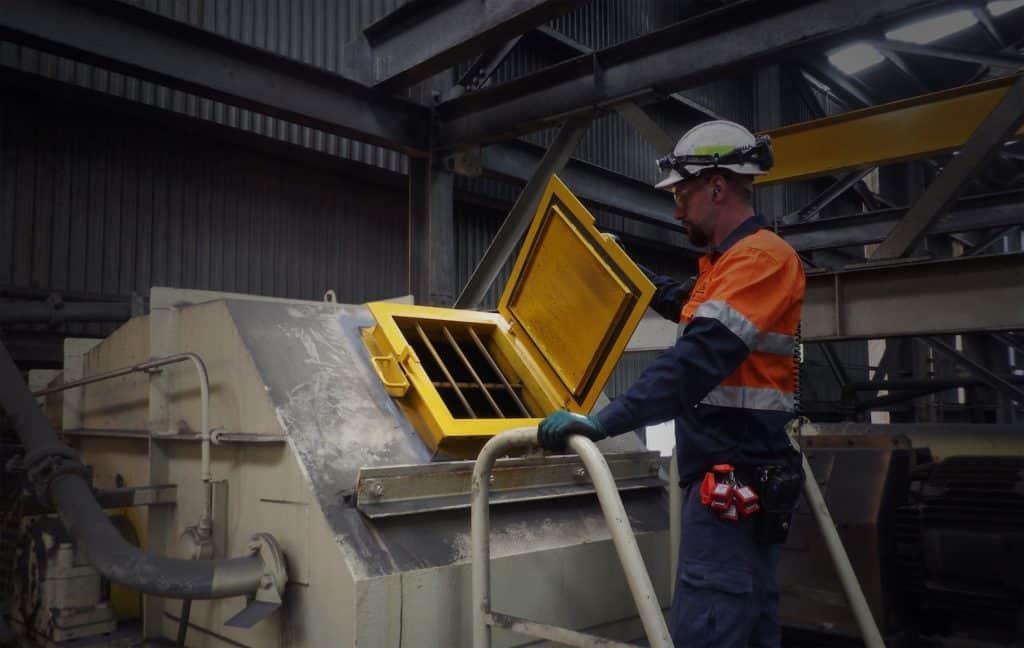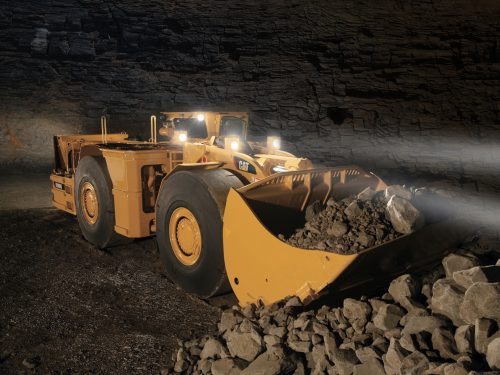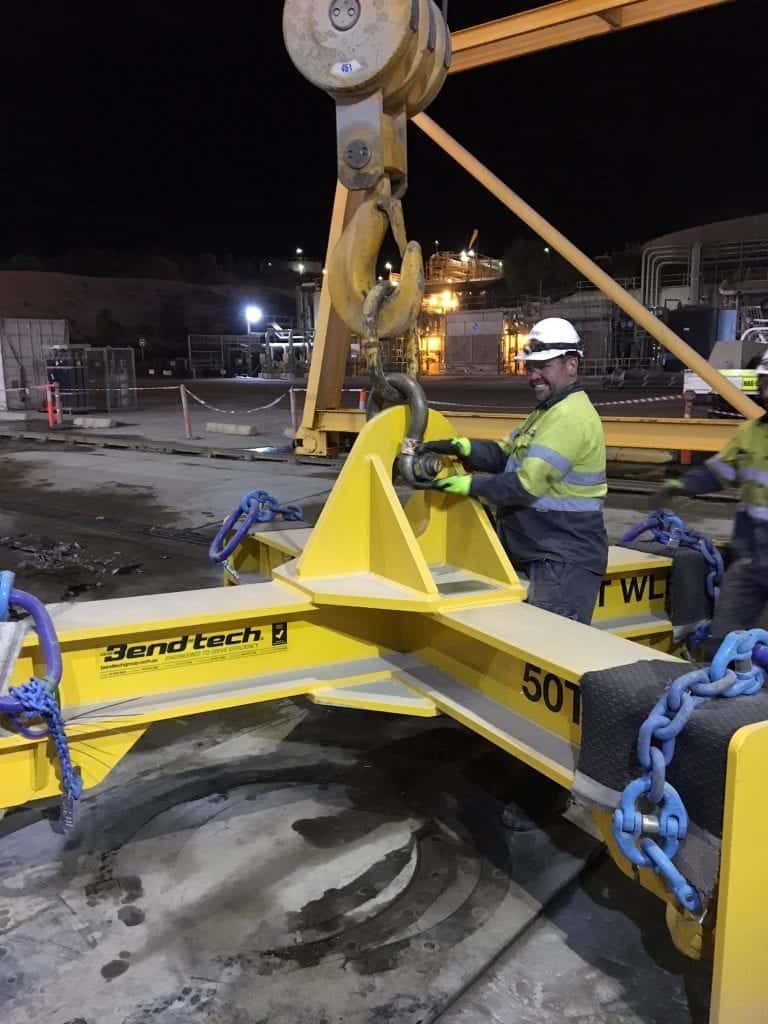
Chute doors are an integral part of conveyor systems. They are necessary to allow workers access to the conveyor chute. With most traditional chute doors, opening them requires a specialised tool. The process of opening these doors for routine maintenance and inspection can be time intensive. This can cause downtime and present a hazard to employees.
Specialised Tools Required
According to the AS 1402 safety standard for Conveyor Guarding, doors can only be opened by use of a mechanical tool, and not by hand. Some organisations use a bolt to lock each door. In these cases, a spanner or specialised tool is the only way to open the chute door. If these tools are not readily available or are rusted due to the harsh elements, more production time can be lost. To have to completely shut down production and search for a tool is detrimental to production schedules. Further, if the tool is not available, the chute may not get serviced, or staff may take drastic, unsafe measures to open the door.
A Safer Solution
All these circumstances make it inefficient and hazardous to use typical chute doors. But you are not limited to just one kind of chute door. There is an alternative. The three-level safety system for chute doors protects workers and ensures their safety, while at the same time keeping production moving. A three-level system consists of the outer door, the second door and a cross bar protection system on the inside of the doors to prevent the door from being opened without a tool.
Because of the hazard and inefficiency attributed to traditional chute doors, it’s a great idea to consider a safer, more effective solution like a three-level chute door.
Level One
The inside of the outer door is fitted with a rubber seal to reduce noise, vibration and dust from escaping the chute. When an operator opens this outer door, internal mechanisms of the chute are visible, but the chute is not accessible due to the second door.
Level Two
The second door is similar to a jail bar door. This allows operators the ability to view the areas of hazard or concern without allowing them the ability to access the chute. A fixed bolt system, included for additional protection, prevents the door from being opened without a tool. The operator could now perform routine inspection or maintenance tasks without the risk associated with having free access to the chute when no second door is fitted.
Level Three
The third level consists of a cross bar protection system on the inside of the doors. This prevents any personnel accessing the chute. This final failsafe mechanism is the last line of defence against workplace injury due to chute doors.
Learn more about access and inspection door safety
This three-level safety is superior to standard chute doors. Learn more about chute door safety and how an organisation can keep employees safe while also ensuring less downtime in the whitepaper, Transforming Access & Inspection Door Safety. Contact the Bendtech Group with any questions or to find out more. The whitepaper also details eight key features for safety doors. Read it today to enhance chute door safety.







About The Author: Jesse Emia
More posts by Jesse Emia